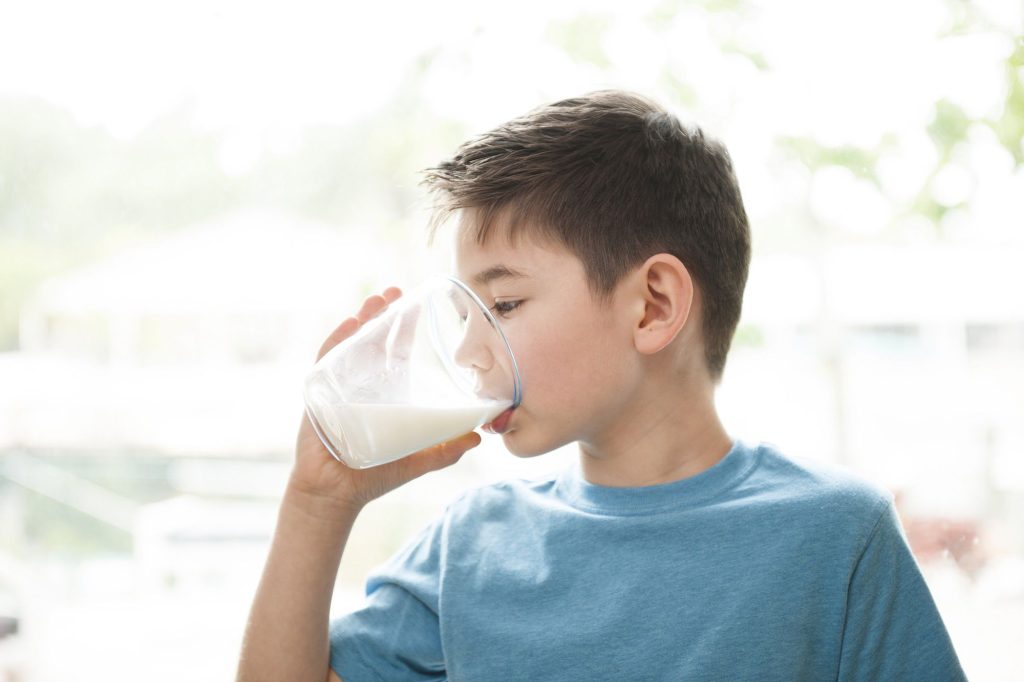 I. Introduction
I. Introduction
A. Importance of milk in a toddler’s diet
Milk plays a crucial role in a toddler‘s diet as it provides essential nutrients necessary for growth and development. It serves as a rich source of calcium, protein, and other vitamins and minerals that are vital for bone health, muscle development, and overall nourishment.
B. The role of milk in meeting nutritional needs
Milk serves as a significant source of various nutrients that are essential for a toddler’s overall health. It helps meet the child’s requirements for calcium, vitamin D, protein, and other key nutrients, which are important for strong bones, healthy growth, and optimal functioning of the body.
II. Recommended Milk Intake for Toddlers
A. Age-specific Guidelines
- Milk intake recommendations for toddlers aged 1-2 years
During the ages of 1 to 2 years, the American Academy of Pediatrics (AAP) recommends that toddlers consume whole milk as their primary milk source. The general guideline is to aim for 2 to 3 servings of milk per day, with each serving being approximately 8 ounces (240 ml). - Milk intake recommendations for toddlers aged 2-3 years
As toddlers reach the ages of 2 to 3 years, the AAP suggests transitioning to low-fat or skim milk, provided the child has a well-balanced diet and is growing appropriately. The recommended milk intake remains at 2 to 3 servings per day.
B. Factors Affecting Milk Intake
- Individual variations and nutritional needs
Each toddler has unique nutritional needs based on factors such as age, weight, height, activity level, and overall health. These individual variations can impact the recommended milk intake. It is important to consider the overall dietary pattern and nutritional adequacy alongside milk consumption. - Factors influencing milk preferences
Toddlers may exhibit preferences for certain foods, including milk. Factors such as taste, texture, temperature, and even previous experiences can influence a toddler’s acceptance and consumption of milk. It is essential to offer a variety of foods and fluid options to ensure a balanced diet.
III. Nutritional Considerations for Toddlers
A. Essential Nutrients in Milk
- Calcium for bone development
Milk is a significant source of calcium, a mineral essential for healthy bone development and growth. Consuming adequate amounts of milk helps support strong teeth and bones in toddlers. - Vitamin D for calcium absorption
Vitamin D plays a crucial role in calcium absorption and utilization. Milk is often fortified with vitamin D, ensuring that toddlers can effectively absorb and utilize the calcium present in their diet. - Protein for growth and development
Milk is an excellent source of high-quality protein, which is necessary for the growth and repair of tissues, including muscles, organs, and bones. - Other essential vitamins and minerals
In addition to calcium, vitamin D, and protein, milk also contains other important vitamins and minerals, such as vitamin B12, vitamin A, phosphorus, and potassium, which support overall health and well-being.
B. Balanced Diet and Milk Consumption
- Incorporating a variety of foods in a toddler’s diet
While milk provides essential nutrients, it is important to ensure that a toddler’s diet is well-rounded and includes a variety of foods from different food groups. Emphasizing the consumption of fruits, vegetables, whole grains, lean proteins, and healthy fats alongside milk helps provide a wide range of nutrients necessary for optimal growth and development. - Milk as part of a balanced meal plan
Milk can be incorporated into a toddler’s meals as part of a balanced diet. It can be served alongside breakfast, lunch, dinner, or snacks. Offering milk in combination with other food sources helps provide a diverse range of nutrients and ensures that an adequate amount of milk is consumed without displacing other important foods.
IV. Signs of Appropriate Milk Consumption
A. Growth and Development
One of the key indicators of appropriate milk consumption in toddlers is their growth and development. Monitoring their physical growth and weight gain can provide insights into whether their milk intake is meeting their nutritional needs. Here are the key aspects to consider:
- Monitoring physical growth and weight gain: Regularly measuring and tracking a toddler’s height, weight, and head circumference can help gauge their growth trajectory. Growth charts provided by healthcare professionals can serve as references to assess if a child’s growth is within the expected range.
- Tracking milestones and developmental progress: Alongside physical growth, monitoring developmental milestones is crucial. Achieving milestones in areas such as fine and gross motor skills, language development, and social interactions can indicate that a toddler’s overall development is progressing well.
B. Satiety and Appetite Regulation
Another important aspect of evaluating milk consumption in toddlers is their ability to regulate their appetite and recognize hunger and fullness cues. This can help ensure that their caloric needs are being met and prevent overconsumption. Here are some factors to consider:
- Ensuring a toddler’s caloric needs are met: Milk is a rich source of nutrients, but it is important for toddlers to consume a balanced diet that includes other food groups as well. This ensures they are receiving all the necessary nutrients for growth and development. If a toddler is excessively reliant on milk for their caloric intake, it may hinder their ability to meet their nutritional needs from other food sources.
- Recognizing signs of hunger and fullness: Teaching toddlers to recognize and respond to their hunger and fullness cues establishes a healthy relationship with food. Being able to identify and respect these signals can prevent excessive milk consumption or the opposite, insufficient milk intake.
V. Potential Issues and Concerns
A. Overconsumption of Milk
While milk is an important part of a toddler’s diet, overconsumption can pose potential issues. Understanding and managing excessive milk consumption is vital to ensuring a balanced diet. Consider the following:
- Risk of displacing solid foods: If a toddler consumes excessive amounts of milk, it can lead to a reduced appetite for other essential foods. Solid foods play a crucial role in providing varied nutrients and textures necessary for development, so it’s important to strike a balance between milk and solid food consumption.
- Potential impact on iron absorption: Excessive milk consumption can also have an impact on iron absorption. Consuming excessive amounts of milk, especially in the absence of a diverse diet, may increase the risk of iron deficiency, a common concern among toddlers.
- Managing excessive milk consumption: If a toddler consistently consumes excessive amounts of milk, it is important to gradually decrease their milk intake while ensuring they receive adequate nutrition from a balanced diet. Consulting a healthcare professional can provide personalized guidance and support.
B. Insufficient Milk Intake
Conversely, insufficient milk intake can also be a concern if a toddler is not meeting their nutritional needs. Addressing potential factors and barriers and finding alternative sources of essential nutrients is important. Consider the following:
- Addressing potential factors and barriers: Toddlers may have various factors, such as a dislike of the taste of milk or texture aversions, that can affect their milk consumption. It is important to identify and address these factors to ensure adequate milk intake or alternative sources of essential nutrients.
- Alternative sources of essential nutrients: If a toddler is unable to consume sufficient amounts of milk, it is essential to incorporate alternative sources of essential nutrients into their diet. This can include dairy alternatives fortified with calcium and vitamin D, as well as other food sources that provide protein, vitamins, and minerals necessary for growth and development.
Conclusion
Understanding and monitoring signs of appropriate milk consumption in toddlers involve observing their growth, development, and ability to regulate their appetite. There are risks associated with both overconsumption and insufficient milk intake, making it important to strike a balance. Consulting healthcare professionals and individualizing milk intake is key to ensuring optimal nutrition for toddlers. By maintaining awareness, providing a balanced diet, and seeking professional guidance when needed, parents can support their child’s healthy growth and development.






